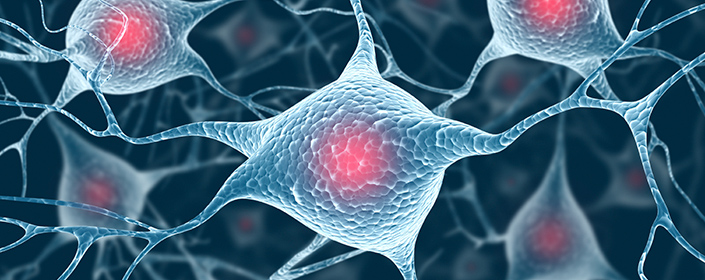What is Parkinson’s
Roughly one million people in the US alone are living with Parkinson’s Disease (PD). It is a neurodegenerative disorder that slowly takes away an individuals ability to coordinate muscle movement. Although not directly fatal, the loss of motor control and other non-motor symptoms tremendously reduce quality and expected length of life. Research is ongoing to elucidate the underlying molecular mechanisms that lead to PD. As with many diseases affecting the brain, no cure yet exists. However, some treatments are available to manage symptoms. Raising awareness and public support is a critical component to ensure progress continues towards better outcomes for those living with PD.
Early Signs and Symptoms
- Tremor or Shaking
- Small Hand Writing
- Loss of Smell
- Trouble Sleeping
- Trouble Moving or Walking
- Constipation
- Softening of Voice
- Dizziness
- Muscle Stiffness
- Slowing of Movement
- Loss of Balance

What Happens In The Brain
The substantia nigra is a structure located in the mid brain that contains dopamine producing neurons involved in controlled/planned movement, reward seeking, and addiction. Symptoms of PD are the result of the progressive malfunction and death of these neurons.
Much of the research done on PD has implicated the hallmark protein alpha-synuclein (a-syn). It has a poorly characterized function, but may be important for synaptic function and dopamine release. In diseased brains abnormally high levels of phosphorylated a-syn create aggregates that generate toxic protein inclusions known as Lewy Bodies. The dysregulated a-syn is a main component of the disease, but whether it is the cause, or result of PD remains a mystery.
The elevated levels of phosphorylated a-syn in diseased brains led researchers to investigate the role that kinase activity plays in the development of PD.
Dysregulation of kinase activity can induce or result in mitochondrial dysfunction, oxidative stress, autophagy, and inflammation. This altered activity can in turn create the high levels of phosphorylated a-syn and increase the likelihood of cell death. It is probable that some of the altered kinase activity initiates the disease pathway and others continue the progression of PD. Determining what causes the altered kinase activity and the role they play in the development and progression could provide future targets for prevention and therapy.

What You Can Do
Supporting organizations such as the National Parkinson’s Foundation, American Parkinson’s Disease Association (APDA), and The Michael J. Fox Foundation, is crucial to support those affected and move research forward. These websites have great information regarding the disease and on how anyone can contribute. This includes tips on how to get involved with community fundraising, organize your own fundraising event, and more. They also have wonderful resources to provide support in any way possible to caregivers, families, and individuals currently dealing with PD. I encourage you to visit the websites to find out how you can find support, get involved, and raise awareness for Parkinson’s Disease.
